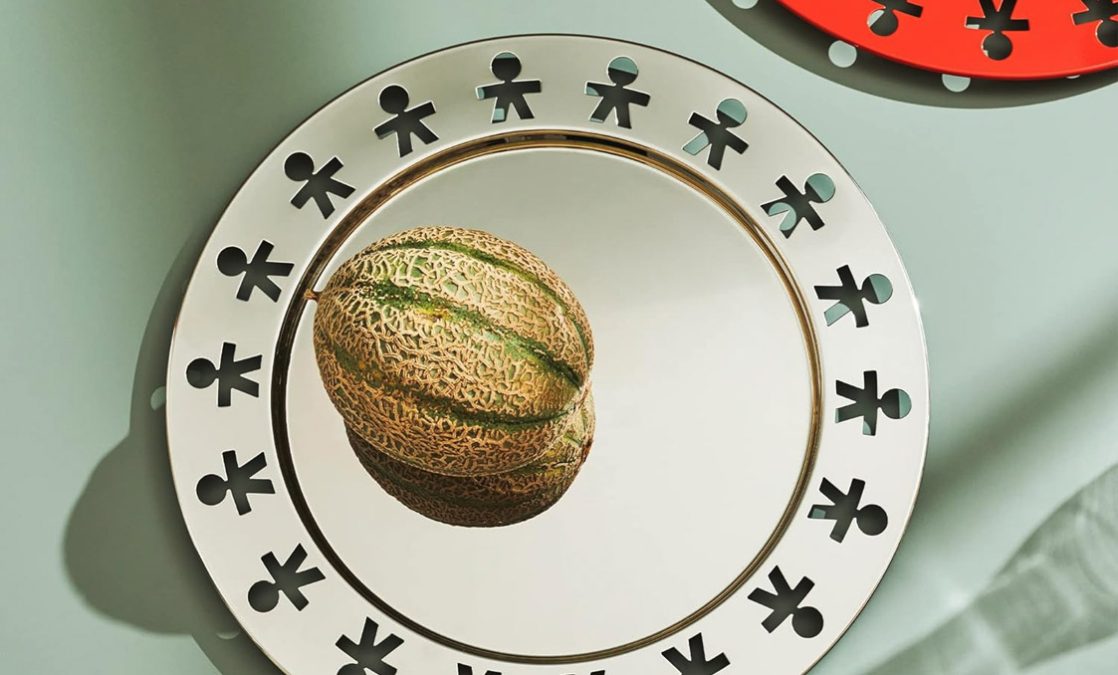Celebrating Human Rights Day with Alessi: Unity Through Design
The Essence of Human Rights Day through Alessi’s Lens
On March 21st, South Africa commemorates Human Rights Day, a beacon of freedom, equality, and democracy, reflecting on the historic Sharpeville Massacre. It’s a day that underscores the importance of human rights, mirroring Alessi’s commitment to unity through design. The Alessi Collection by IHK, known for its innovative collaborations, serves as a symbol of how design can transcend cultural boundaries, celebrating diversity and unity in every creation.
Alessi’s Vision: A Beacon of Cultural Bridging
“The essence of Alessi’s design philosophy is to create objects that are not merely functional but that also enrich the cultural dialogue among diverse communities,” shares Alberto Alessi. This vision aligns perfectly with the ethos of Human Rights Day, as each piece crafted by Alessi and its myriad of international designers embodies the principles of inclusivity and cultural understanding
A Reflection on Human Rights Day’s Significance
Recalling the poignant memories of the Sharpeville Massacre, Alessi’s designs serve as a narrative of resilience, echoing South Africa’s undying spirit for freedom and equality. “Our designs aim to tell stories of unity, bridging the gap between varied cultures through the universal language of design,” comments an Alessi designer. This approach not only enriches Alessi’s catalogue but mirrors South Africa’s multicultural landscape, showcasing design’s power as a platform for unity and dialogue.
Global Collaborations: A Tapestry of Diversity
Alessi’s commitment to diversity is evident in its collaborations that bring unique cultural perspectives into the design process. These partnerships, spanning continents, enrich Alessi’s catalogue with designs that resonate with South Africa’s multicultural identity. For example, the “Girotondo” series, featuring figures joined in a circle, symbolises global unity, a nod to South Africa’s rich tapestry of cultures and the universal message of Human Rights Day.
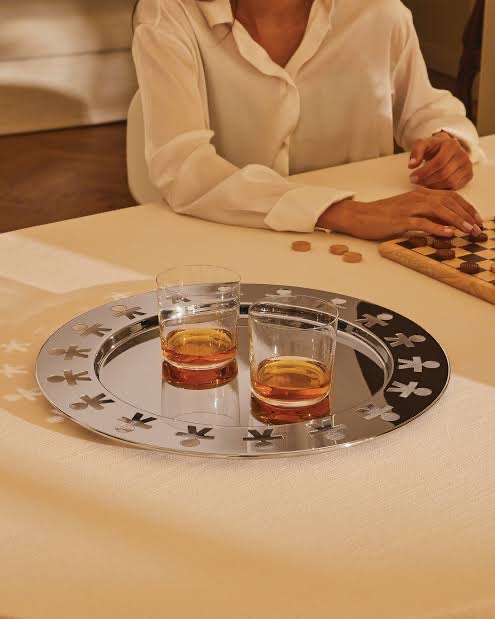
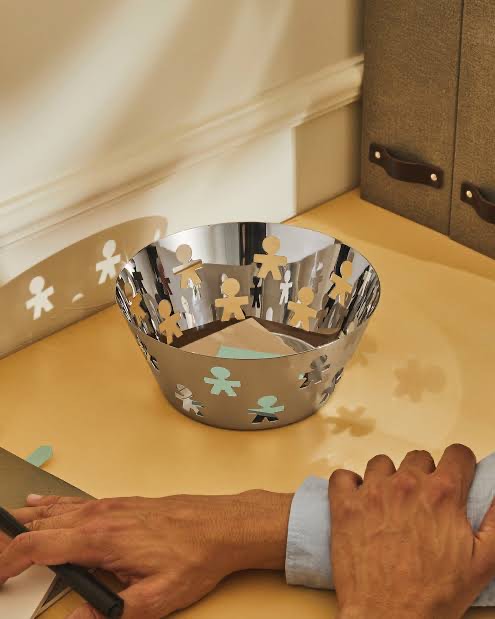
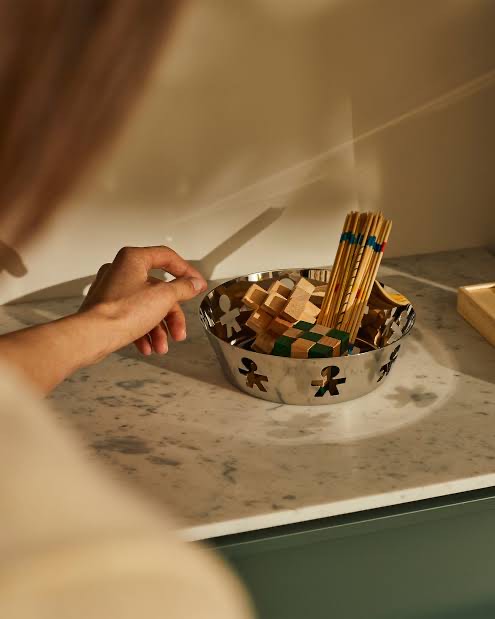
Alessi in South African Homes: Beyond Aesthetic Appeal

“We do believe that beauty can save the world,” Alberto Alessi. He believes that his butter dishes, tea caddies and loo brushes offer a democratic notion of a “social utopia”. “As industrialists,” he says, reminding me that he does not consider himself a designer, “we can give a meaningful contribution to the world.”
Design as a Catalyst for Change
Alessi stands at the intersection of creativity and cultural exchange, demonstrating how design can foster connections between communities. “But we also rely a lot on the interpretation of our designers, so that they look at our catalogues with different eyes from our own eyes.”Alessi’s CEO elaborates. Through its celebration of Human Rights Day, Alessi underscores the transformative power of creativity to inspire unity and respect.
Joining Hands with Alessi on Human Rights Day
This Human Rights Day, Alessi invites you to embrace the beauty of diversity and the power of design in promoting human rights. Explore the Alessi Collection by IHK, where each piece is a testament to the global heritage of craftsmanship yet speaks to the heart of South African homes. “We have always been very careful with our history. Without knowing who we are, you are never able to plan the future.” Alberto Alessi.
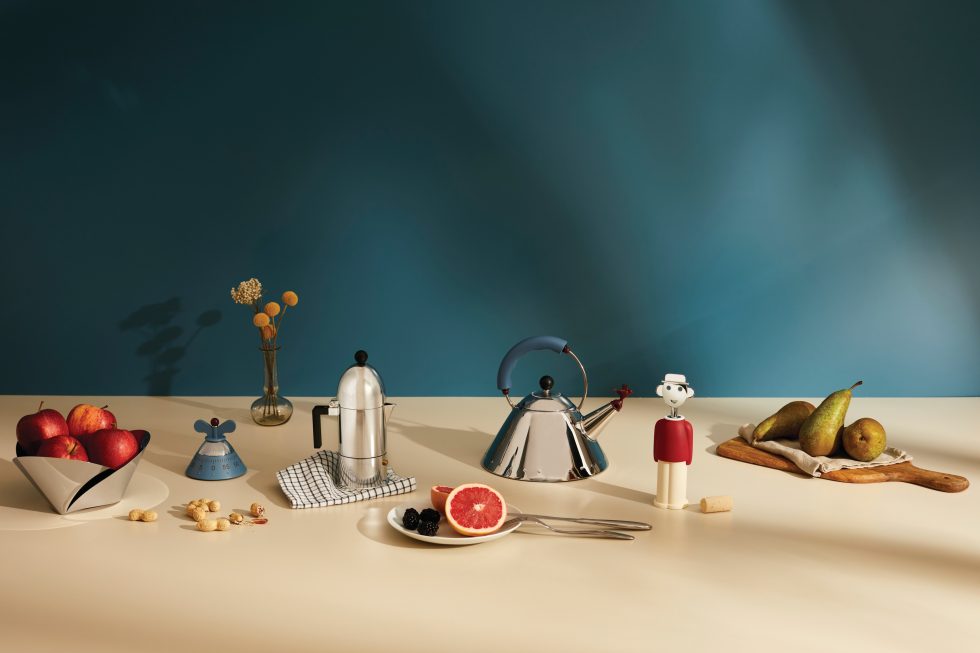
Discover the power of design to unite. Explore the Alessi Collection by IHK today and join us in celebrating Human Rights Day. Let every piece be a reminder of our shared values and the strength found in unity.
Learn more about Alessi’s approach to design and its impact on cultural understanding at Alessi Official Museum.
Exploring the Heart of Design Innovation at Museo Alessi
Nestled in Crusinallo di Omegna, Italy, the Museo Alessi stands as a monumental testament to the innovative design and production legacy of the Alessi company, founded in 1921 by Giovanni Alessi. Designed by Alessandro Mendini and inaugurated in the spring of 1998, the museum aims to preserve and exhibit the vast array of objects, designs, images, and materials that narrate Alessi’s rich history and its seminal contributions to the domain of domestic utensils and appliances.
With an impressive collection boasting over 30,000 objects, 19,000 drawings, 20,000 photographs, and materials from around 1,000 designers, alongside a library of 5,000 books, the museum offers a comprehensive archive that showcases Alessi’s continuous product development and collaborative efforts with numerous renowned designers. Visitors are invited to explore a multitude of prototypes, items no longer in production, and a variety of other materials that provide an in-depth dive into the company’s design processes and its indelible impact on the history of design.
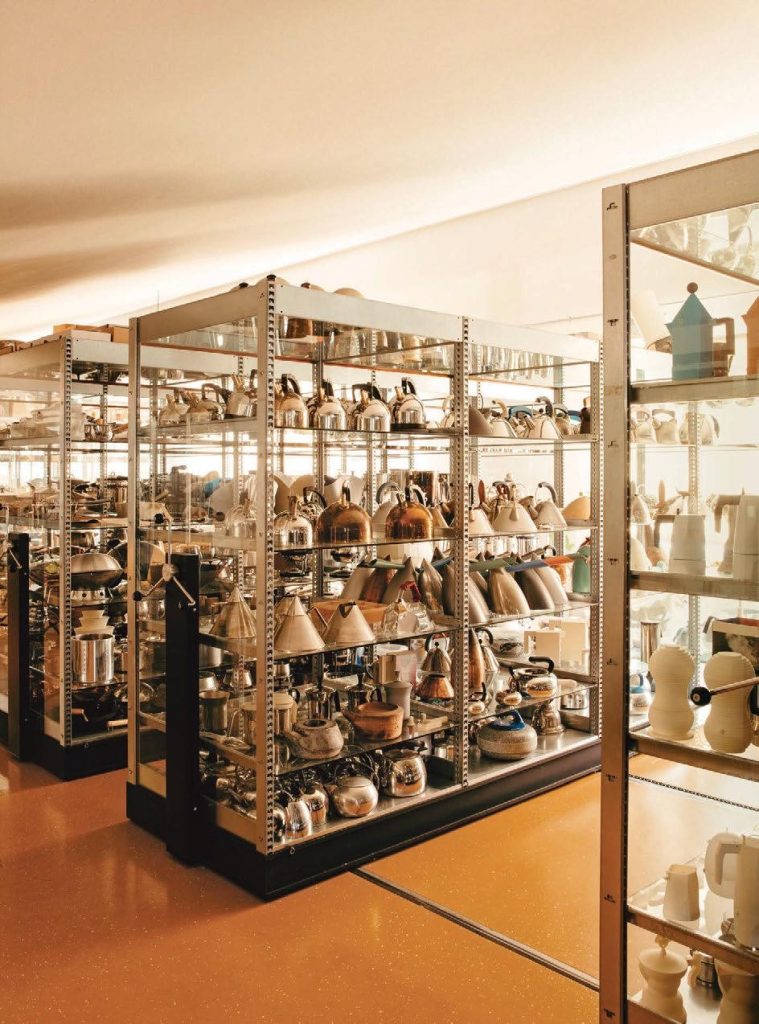
A standout feature of the Museo Alessi is its capacity to serve as an “archive of archives,” offering a panoramic view of design history through its collections gathered from all over the world. Celebrated for its role in bridging industry and art, the museum attracts attention from museums of applied arts and design globally.
Through its activities, including temporary exhibitions, loans, research, publications, and lectures, the Museo Alessi actively engages with both the academic world and the broader public, operating in collaboration with international museums of design, contemporary art institutions, and cultural organizations, furthering its mission to document and celebrate the evolution of design.
Key highlights of the collection include iconic Alessi products like the Bombè teapot by Carlo Alessi, the 9090 espresso coffeemaker by Richard Sapper, and the Diabolix bottle opener by Biagio Cisotti, among others. Each item in the museum is accompanied by documents that illuminate its design and production journey, offering visitors a comprehensive understanding of the industrial design process.
The Museo Alessi is a must-visit for design enthusiasts, historians, and anyone interested in the intersection of art and industry. It provides a unique opportunity to experience the design process from conception to realization, showcasing the creativity, innovation, and influence of Alessi on the world of design.
Alberto Alessi describes their role as a mediator between the best expressions of creativity and product design and people’s dreams, highlighting the company’s pivotal role as a ‘dream factory’ that bridges creative expressions with consumer aspirations. This approach has led to collaborations with renowned designers and architects, bringing iconic products to life, thereby serving as a testament to Alessi’s ethos of blending art with design, showcasing how household objects can transcend their functionality to become cultural icons.
For anyone interested in the profound interplay between design and art, a visit to Museo Alessi offers unparalleled insights into the intricate process of transforming imaginative visions into tangible objects that play significant roles in our daily lives and the broader cultural landscape. It stands as a living collection that narrates the story of Alessi’s evolution, reflecting on the countless attempts necessary to finalize a successful product and underscoring the paramount importance of innovation, creativity, and the willingness to take risks in the design realm.
